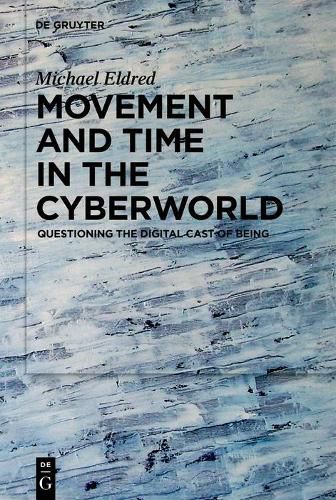Readings Newsletter
Become a Readings Member to make your shopping experience even easier.
Sign in or sign up for free!
You’re not far away from qualifying for FREE standard shipping within Australia
You’ve qualified for FREE standard shipping within Australia
The cart is loading…






This title is printed to order. This book may have been self-published. If so, we cannot guarantee the quality of the content. In the main most books will have gone through the editing process however some may not. We therefore suggest that you be aware of this before ordering this book. If in doubt check either the author or publisher’s details as we are unable to accept any returns unless they are faulty. Please contact us if you have any questions.
The cyberworld fast rolling in and impacting every aspect of human living on the globe today presents an enormous challenge to humankind. It is taken up by the media following current events through to all kinds of natural- and social-scientific discourses. Digitized technoscience develops at a breakneck pace in all areas accompanied by sociological analysis. What is missing is a philosophical response genuinely posing the basic ontological question: What is a digital being’s peculiar mode of being? The present study offers a digital ontology that analyzes the dissolution of beings into bit-strings, driven by mathematized science. The mathematization of knowledge reaches back to Pythagoras, Plato and Aristotle, and continues with Descartes, Galileo, Newton, Leibniz. Western knowledge from its inception has always been driven by an unbridled will to efficient-causal power over all kinds of movement and change. This historical trajectory culminates in the universal Turing machine that enables efficient, automated, algorithmic control over the movement of digital beings through the cyberworld. The book fills in the ontological foundations underpinning this brave new cyberworld and interrogates them, especially by questioning the millennia-old conception of 1D-linear time. An alternative ontology of movement arises, based on a radically alternative conception of 3D-time.
$9.00 standard shipping within Australia
FREE standard shipping within Australia for orders over $100.00
Express & International shipping calculated at checkout
This title is printed to order. This book may have been self-published. If so, we cannot guarantee the quality of the content. In the main most books will have gone through the editing process however some may not. We therefore suggest that you be aware of this before ordering this book. If in doubt check either the author or publisher’s details as we are unable to accept any returns unless they are faulty. Please contact us if you have any questions.
The cyberworld fast rolling in and impacting every aspect of human living on the globe today presents an enormous challenge to humankind. It is taken up by the media following current events through to all kinds of natural- and social-scientific discourses. Digitized technoscience develops at a breakneck pace in all areas accompanied by sociological analysis. What is missing is a philosophical response genuinely posing the basic ontological question: What is a digital being’s peculiar mode of being? The present study offers a digital ontology that analyzes the dissolution of beings into bit-strings, driven by mathematized science. The mathematization of knowledge reaches back to Pythagoras, Plato and Aristotle, and continues with Descartes, Galileo, Newton, Leibniz. Western knowledge from its inception has always been driven by an unbridled will to efficient-causal power over all kinds of movement and change. This historical trajectory culminates in the universal Turing machine that enables efficient, automated, algorithmic control over the movement of digital beings through the cyberworld. The book fills in the ontological foundations underpinning this brave new cyberworld and interrogates them, especially by questioning the millennia-old conception of 1D-linear time. An alternative ontology of movement arises, based on a radically alternative conception of 3D-time.